Chapter 9 Activities
Introduction
Dozens of national, state, regional, and local environmental agencies and organizations work to protect and restore water quality through science, policy, management, education, and outreach. Improved local coordination and collaboration can catalyze synergies and increase efficiency to achieve and sustain better water quality outcomes, faster.
Creating a regional Water Quality Consortium is an innovative strategy to align water quality planning across agencies and organizations with local jurisdiction. Coordinating funding across public and private sectors is also vital.
A common, publicly accessible website for data storage, visualization, and information sharing can raise awareness, understanding, and support for water quality protection and improvement. Strengthening the skills, resources, and networks of area water professionals will further elevate their effectiveness and foster collaboration within and among organizations. Making the best available science and cost-effective nutrient management strategies accessible and understandable to policymakers can lead to more responsive and effective policies that restore and protect water quality.
Multiple benefits can be achieved by developing and delivering collaborative public education and outreach through local partnerships and networks, including leveraging experienced education and outreach specialists, websites, email lists, traditional mail lists, and community events.
Activity 1:
Coordinate Regional Approaches to Identify, Prioritize, and Implement Projects to Address Impaired Waters
Continued water quality declines in local water bodies, especially in Sarasota County’s southern bays, are likely to be exacerbated by increasing development pressure. The potential for regulatory remedies reinforces the urgent need for broad-based, regional coordination to examine water quality trends and implement timely solutions.
Activity 2:
Coordinate Strategic Planning for Water Quality Within and Across Agencies and Organizations with Local Jurisdiction
Coordination of water quality protection and restoration in Sarasota County can be improved by aligning common goals and policies across multiple federal, state, and local management plants. Improved coordination can leverage limited resources, build partnerships, and generate momentum to achieve progress.
Activity 3:
Inventory, Develop, and Coordinate Grant Funding
Community-wide coordination to identify, secure and manage grant funds for water quality projects can lead to economies of scale and faster results. This is especially important for municipalities working with Sarasota County Government and SWFWMD to implement water infrastructure projects. A dedicated grants specialist affiliated with either the National Estuary Programs or the Gulf Coast Community Foundation could provide a cohesive and coordinated regional approach.
Activity 4:
Support a Common Publicly Accessible Website for Data Storage, Visualization, and Information Sharing
The Water Atlas websites for Sarasota County and the Coastal & Heartland National Estuary Partnership are valuable but underutilized tools for collecting and conveying water-related data to citizens, scientists, resource managers, and policymakers. These platforms deserve ongoing support and strategic marketing to increase visibility and public engagement.
Activity 5:
Increase Capacity of Area Water Quality Professionals by Supporting Strong Informational and Professional Networks
Strategic investments in elevating the skills, knowledge, and networks of water quality professionals in the Sarasota area will strengthen their capacity to communicate and collaborate to solve the region’s water quality challenges.
Activity 6:
Develop and Deliver Collaborative Water Quality Education and Outreach Using Local Partnerships and Networks
Collaborative education and outreach that leverage trusted local networks, embrace multicultural communication, and deliver consistent and creative science-based messages can inspire and motivate homeowners, students, bay users, and other audiences to reduce their nutrient pollution footprint.
Activity 7:
Support Local Policymaker Understanding of the Cost-Effectiveness of Water Quality Protection Policies
Supporting policymakers with the best available science and information about cost-effective nutrient management strategies—and communicating those concepts clearly and consistently through trusted advisors—can lead to water quality outcomes with a high return on investment.


